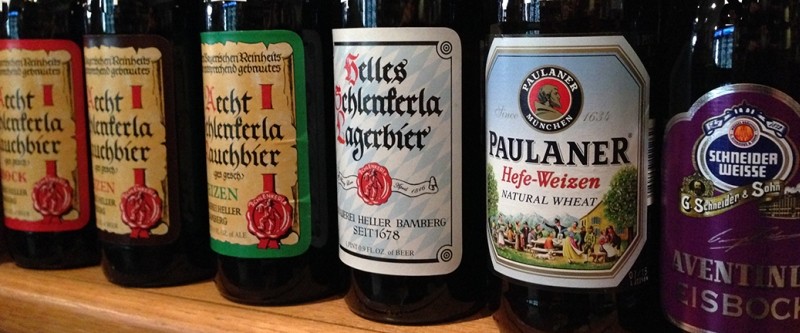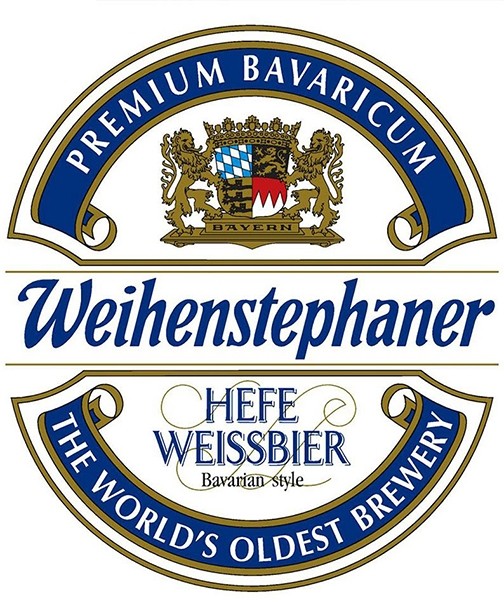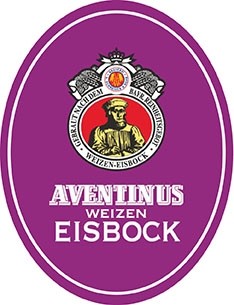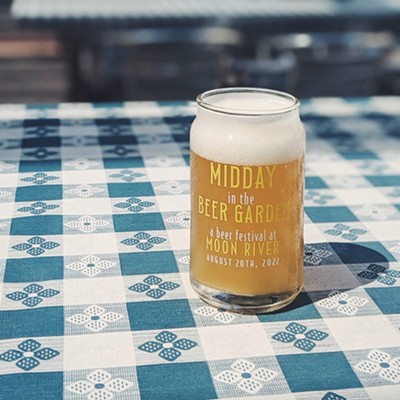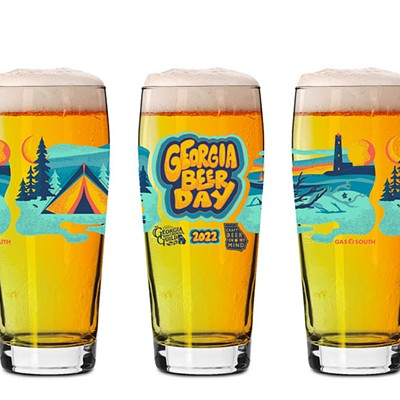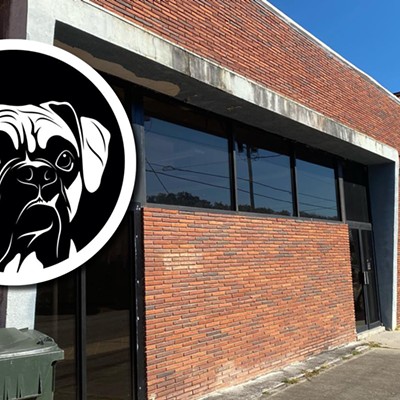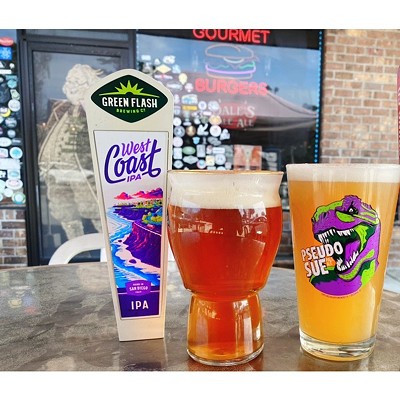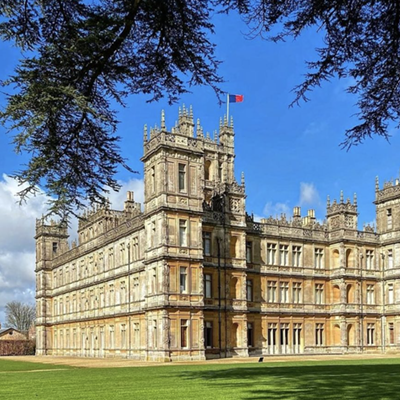MUCH OF the discussion about craft beer focuses on beers made here in the United States. But now it’s time to have a look at the craft beer community abroad as well as the history of beer.
With this in mind I’m starting an ongoing series of stories to be called the Barstool Traveler. Each installment we will look at beer and beer making history from a different country.
This week we’ll visit Germany, the home of over 1200 breweries (four times as many as all other European Union countries combined).
Most beer drinkers know about the Reinheitsgebot or in English the so-called “Purity Law.” The Reinheitsgebot state that beer should be made only from water, barley and hops (this was well before science held us understand yeast).
The oldest food regulation in history, the Reinheitsgebot was ordered by Duke Wilhelm IV of Bavaria in 1516, though it officially passed from German law in 1987.
German beer has a much longer history than is suggested by the Purity Law. In fact the evidence of brewing can be traced back to at least 800 B.C.E. This evidence comes in the form of amphorae found in Bavaria, an area rich in breweries to this day.
German beer started not with the crisp clear lagers that most associate with Germany these days but with rough ales. In his 98 C.E the Roman historian Publius Cornelius Tacitus wrote that the Germans “serve an extract of barley and rye as a beverage that is somehow adulterated to resemble wine.”
We now know that the brewing process was not, to our palate, a pretty one. Loaves of moist half-baked bread were soaked in water and allowed to ferment. The incomplete baking process activated the enzymes needed to convert starches into fermentable sugars; converting them into something resembling modern day malted grains.
The unseen and, at the time, unknown yeasts fermented those sugars producing a thick, sour beverage full of chunky bits of half cooked bread. These beers, deemed uncouth by Roman standards, were then flavored with a variety of additions including oak bark, aspen leaves and the contents of oxen gall bladders.
Fast forward 600 years and you’d find home brewing a regular part of the average German. This changes again around 1000 C.E. when cloisters become the focus of commercial brewing.
It is also around this time that hops are first introduced into the brewing process at the Cloister zum Würze bringing us even closer to modern day beer.
In 1040 the Weihenstephan Monastery near Munich received permission to brew beer commercially making it the oldest brewery in the world. Weihenstephan wasn’t the only brewery starting up.
Within a few hundred years there were more than 600 breweries in Germany exporting throughout Europe and as far away as India. This is around the time the Purity Law is instituted to keep the quality of German beer consistent.
The next major shift in German brewing happens in the 1500’s. Brewers had noticed a difference in the way different beers acted between the summer and winter months.
We now know that “top fermenting” ale yeasts are more active in warmer temperatures while “bottom fermenting” lager yeast are happier in cooler environments. In 1551 Munich brewers had learn to control the differences between the yeasts and in 1553 summer brewing was banned in all of Bavaria.
This leads to an explosion in lager beers that are now synonymous with Germany and the large majority of beers served around the world.
German beer comes in many forms, each with its own distinct history, too many to list here. Some of the more distinctive types are readily available at the local bottle shops. Give Hops and Barley a try as they have a wide variety of German beers and don’t forget the Bier Haus as they specialize in German and Belgian beers.
Weizenbier: Want to give the oldest brewery in the world a try? Weihenstephan’s Hefeweissbier is a good and easy place to start. Weizenbier (wheat beier ) or Weißbier (white beer) are a traditional Bavarian style beer. The yeast strains typically bring clove and banana flavors to the party. These qualities are typical in Hefeweissbier,, a hefeweizen (“yeast wheat”) which just means it’s an unfiltered and usually cloudier version of a white beer.
Alt Beer: So-called Alt (old) Beers derive their name from a marketing strategy. One brewery in Düsseldorf, wanted to distiguish it’s old style, top fermented, beers from the local lager beers and a “new” beer style was born. Alt beers are traditionally brewed only in Düsseldorf. Give Uerige’s Alt a try. One of the top ten beers in Germany this 4.7 % Alt has a heavy hop bitterness but is still easy to drink.
Bock: Bocks, a type of strong lager, tend to be on the darker range though there are plenty of exceptions. There are several different Bock style beers but the one with the best story is the Aventinus Eisbock, brewed by Schneider Weisse. Legand has it that during a winter delivery barrels of Aventinus Eisbock froze. The brewers skimmed off the ice leaving a stronger beer. The process stuck and now we can all enjoy the 12% results of a hard German winter.

